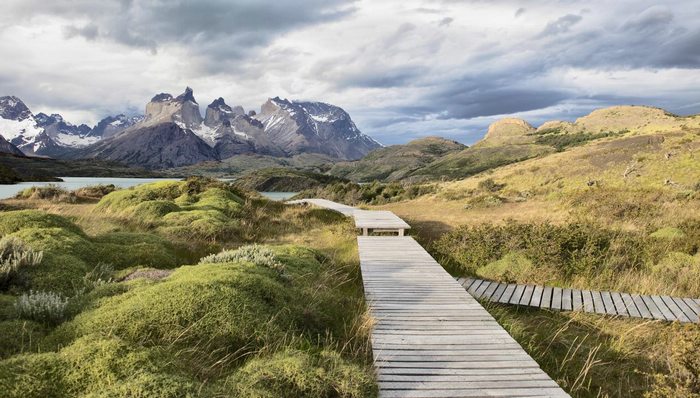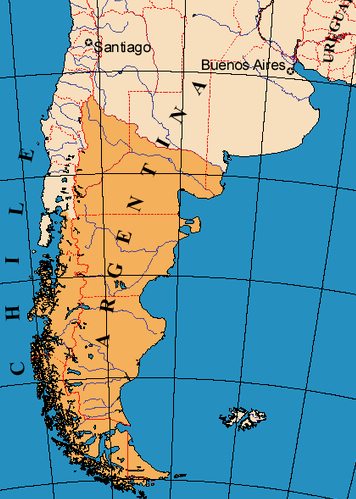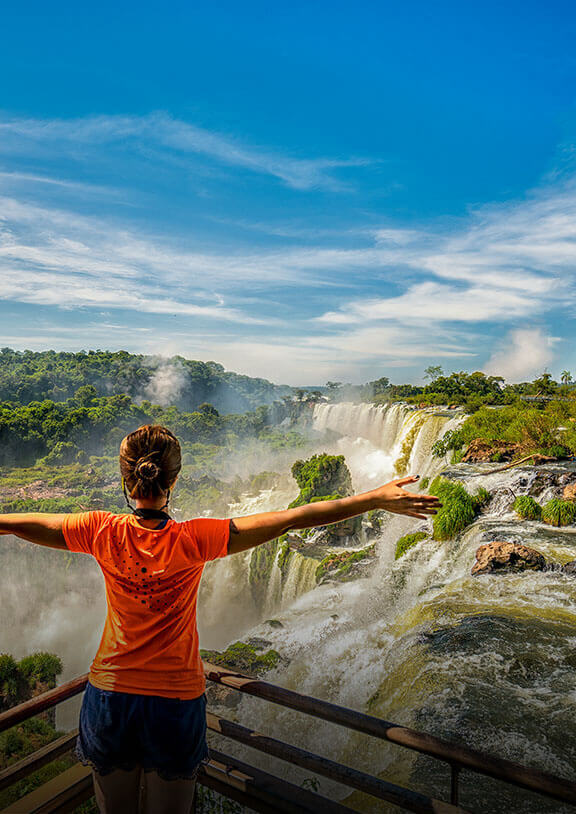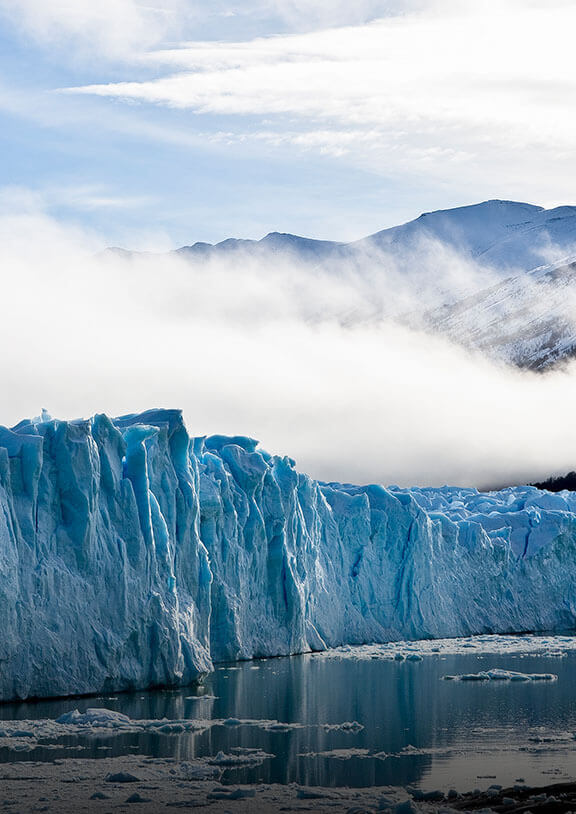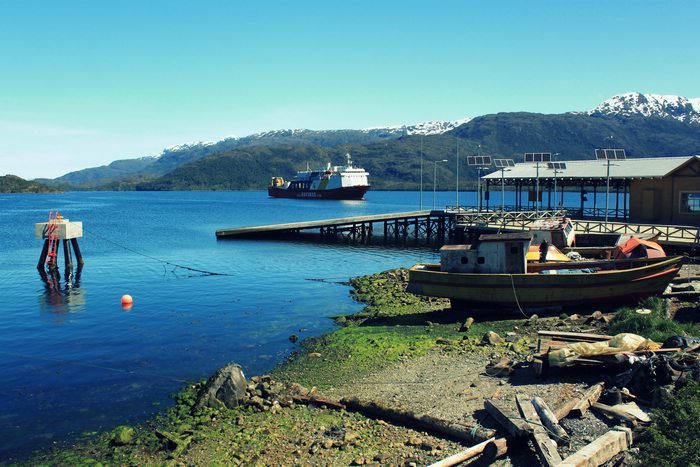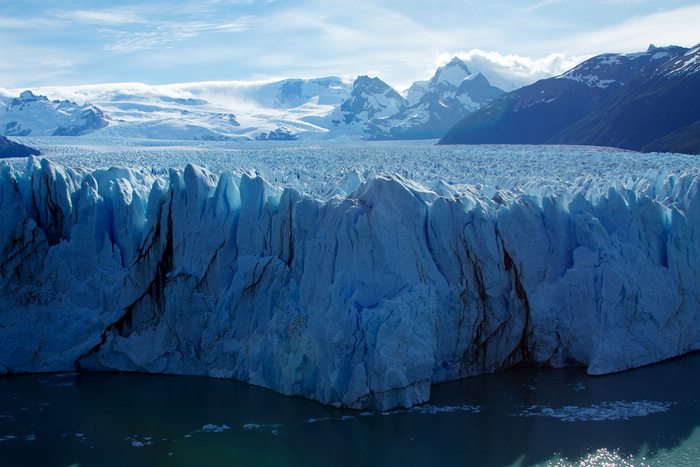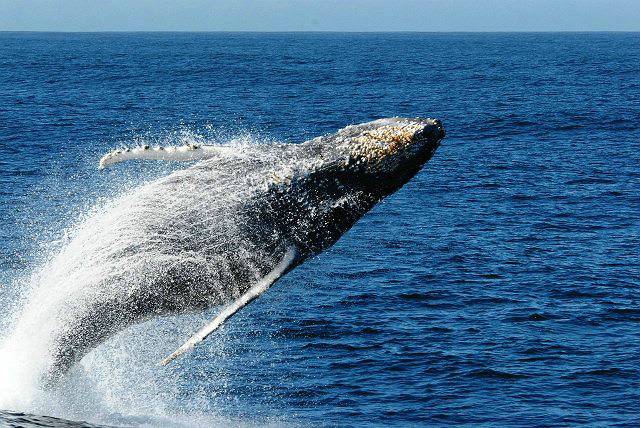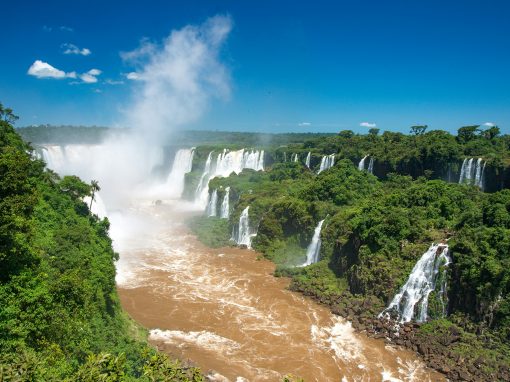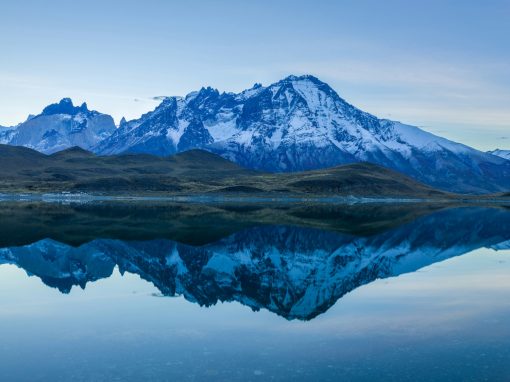Patagonia is a nine-letter word used to describe a diverse region of South America, filled with changing landscapes, natural wonders, and numerous outdoor activities. When a traveler announces a trip to Patagonia, they’re inviting a flood of follow-up questions because the attractions of this expansive territory aren’t concentrated to just a few destinations.
Where is Patagonia?
Patagonia geography basics
Discover the Chilean side of Patagonia
Experience the highlights of Argentina’s Patagonia
Plan your own Patagonia tour
Patagonia geography basics
Patagonia is a large area of land covering the southern region of South America. Stretching all the way from the Pacific Ocean to Atlantic coast, its boundaries don’t abide by country borders and include parts of both Chile and Argentina.
The geography of Patagonia renders soaring Andean peaks, flat plains that stretch as far as the eyes can see, ice fields, and miles of coastline. It’s no wonder these uninhabited landscapes have earned a reputation for being nature’s last frontier. There are areas here where the population density is as low as one person per square mile.
Discover the Chilean side of Patagonia
Chilean Patagonia encompasses the country’s southern territory below the city of Puerto Montt. This long, narrow strip of mountainous land bleeds all the way down to the continent’s southern tip. The coastline is rugged and dotted with countless icy channels, islands, and fjords.
Sights and attractions
Torres del Paine National Park is the superstar among Chile’s Patagonia attractions.
Where: Torres del Paine National Park
Closest town: Entry to Torres del Paine National Park is about 70 miles (115 kilometers) from the town of Puerto Natales.
Fun fact: The reserve takes its name from the Cordillera del Paine, a clustering of mountain peaks located on about 930 square miles (2,400 square kilometers) of territory.
Take me to more photos…
Take a unique look at the Chilean coastline in Patagonia.
Where: Navimag ferry through the southern fjords
Closest town: Navimag operates between the towns of Puerto Montt and Puerto Natales
Fun fact: Chile has more than 3,000 miles (approximately 4,800 kilometers) of scenic coastline.
Click here to learn more about Chile’s exciting destinations and activities, in Patagonia and beyond.
Experience the highlights of Argentina’s Patagonia
On the Argentine side, the area of Patagonia includes Tierra del Fuego, where Cape Horn is located, and continues as far north as the Rio Colorado. This part of Patagonia is defined by three principal landscapes: the mountains to the west, its central flat plains, and eastern coastal region.
Travelers that explore Patagonia in Argentina can choose from a number of highlights. Here are some of our favorites.
Perito Moreno Glacier
Where: Perito Moreno Glacier is located in Glacier National Park in Argentina’s Patagonia
Closest town: El Calafate is about two hours from the glacier by bus.
Fun fact: The glacier is about 19 miles (30 kilometers) in length.
Take me to more photos…
Bariloche
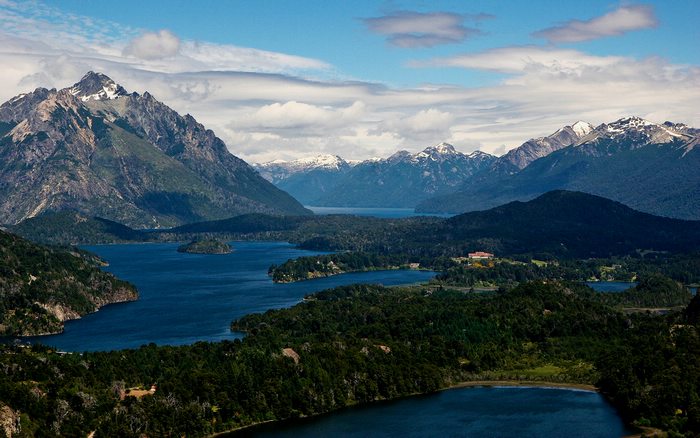
Mountains and lakes come together beautifully in this Patagonia vista in Bariloche. Photo by Danielle Pereira/Flickr
Where: Bariloche, Argentina
Closest town: Bariloche is a town, with trekking, ski slopes, water activities and beautiful vistas that are only a few minutes away.
Fun fact: Take a ride or walk to the top of Cerro Campanario and enjoy 360 degrees of visual please from an observational deck.
Take me to more photos…
Puerto Madryn
Where: Peninsula Valdes
Closest town: Puerto Madryn is about a 50-mile (80-kilometer) car ride away from the entrance of the national park on Peninsula Valdes.
Fun fact: The peninsula is home to an important breeding population of the endangered southern right whale.
Take me to more photos…
Click here to learn more about Argentina’s culture and natural wonders in destinations throughout the country.
Plan your own Patagonia tour
When planning a trip to Patagonia, travelers need to consider the differences between its Chilean and Argentinean highlights. Travel logistics will vary greatly depending on which country you fly into. Most international travelers will land in the country’s capital city and then catch a connecting flight further south from Buenos Aires, Argentina; or Santiago, Chile.
Roads connecting destinations in Patagonia are long, but lead to some of the most impressive natural wonders in South America. A Patagonia-style road trip requires a significant investment in time, often taking more than 20 hours to drive between key attractions. Flying helps close distances in Patagonia and allows travelers to visit many of the region’s highlights in a manageable timeline.
For help planning your action-packed adventure to Patagonia, talk with one of our expert travel advisors and choose between a variety of fully customizable tours.
Patagonia is waiting for you!
Related Posts:
Tips and Advice: What to pack for Patagonia travel
Patagonia Portraits: Rylee’s adventure to The End of the World
Patagonia Travel Tale: Following the path of Darwin
Britt is a California native who left her home to explore South America and now lives in Peru. She’s just a little obsessed about planning getaways with her family, scuba diving, and trekking.

